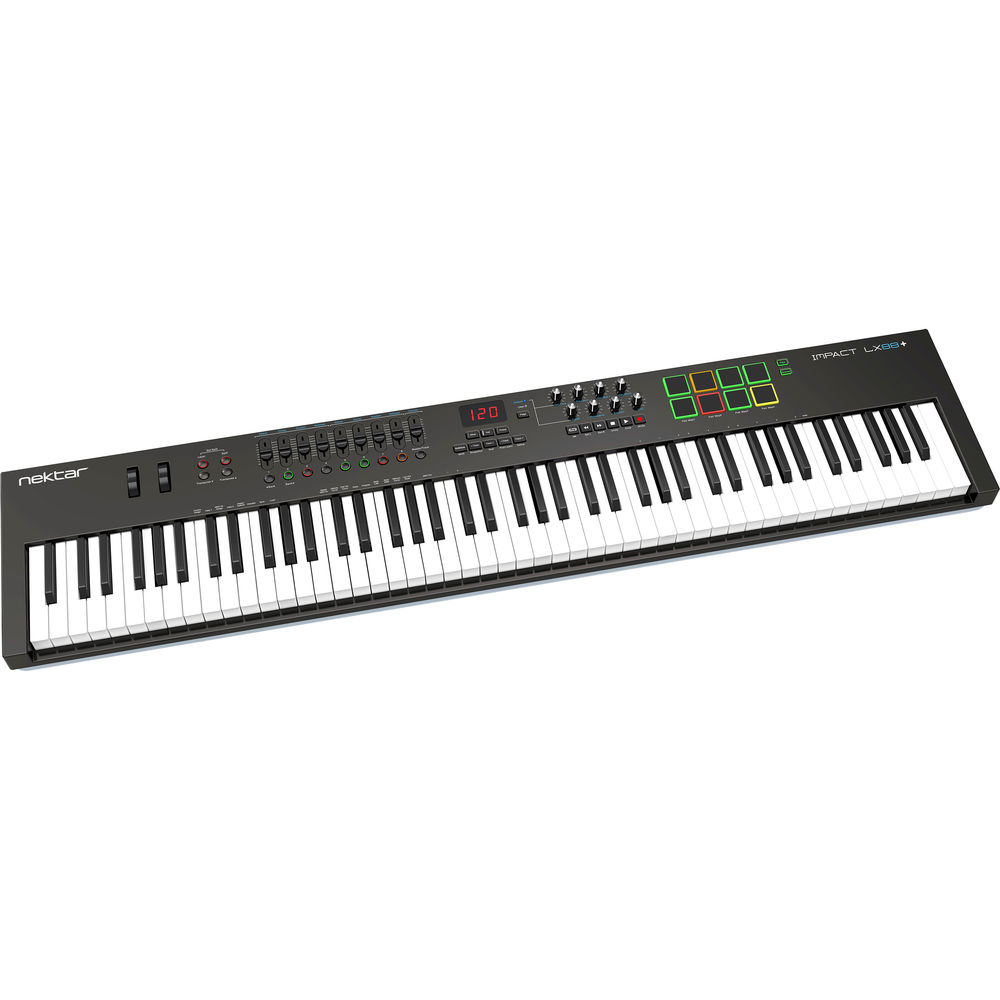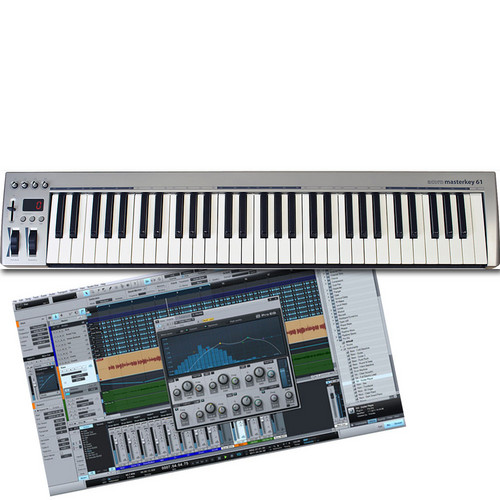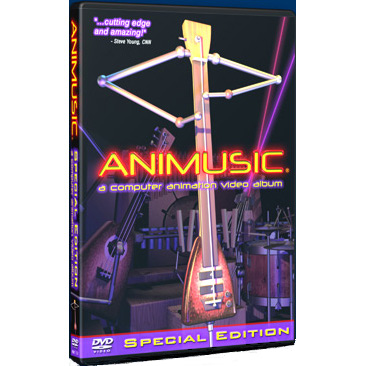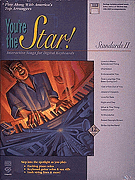Manufacturers
Categories
- Audio Recording Hardware - (306)
- Bargain Basement - (91)
- Computers - (5)
- DJ Hardware and Software - (20)
- EMB Book Shop - (187)
- Guitar - (89)
- Live Sound - (88)
- MIDI Hardware - (73)
- -Keyboards - (11)
- -MIDI Accessories - (5)
- -MIDI Controllers - (27)
- -MIDI Drums Drum Machines - (9)
- -MIDI Interfaces - (18)
- -Keyboard Accessores - (3)
- Music Software - (1140)
- Support/Lessons - (6)
- Used Gear - (139)
- Video Creation Hardware Software - (8)
Specials [more]
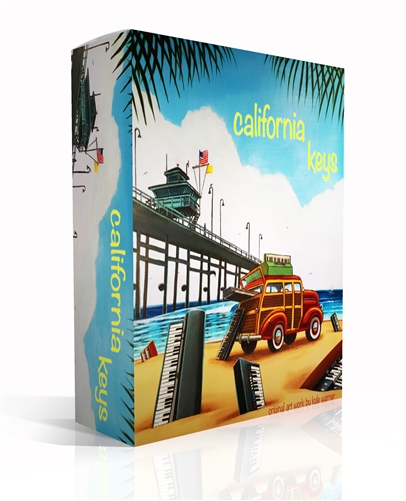
Qup Arts California Keys™ for N.I. Kontakt 5.5 Player
$499.00 $199.00
Save: 60% off
Save: 60% off

EastWest Hollywood Choirs Diamond Mac PC Vocal Instrmt eLicense
$199.00 $119.00
Save: 40% off
Save: 40% off
Featured Products - MIDI Hardware
The Masterkey 61 from Acorn is a 61-key...
Tweets
Newsletter
Subscribe to our newsletter for periodic updates and valuable coupons.
Bestsellers
© Copyright 2021 The Electronic Miusic Box All Rights Reserved.
 The Electronic Music Box
The Electronic Music Box



